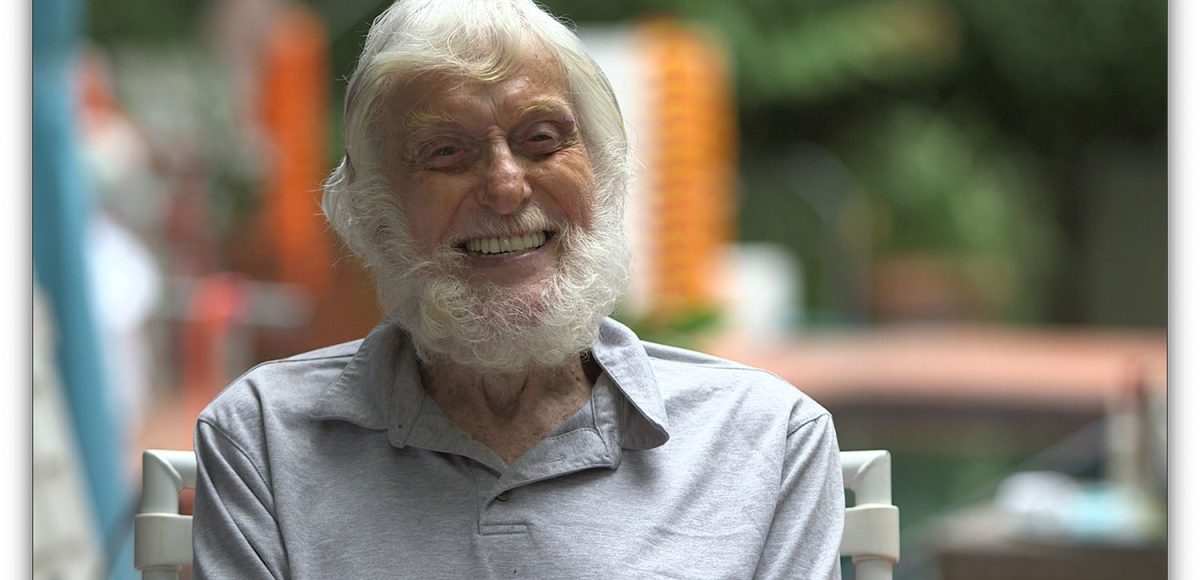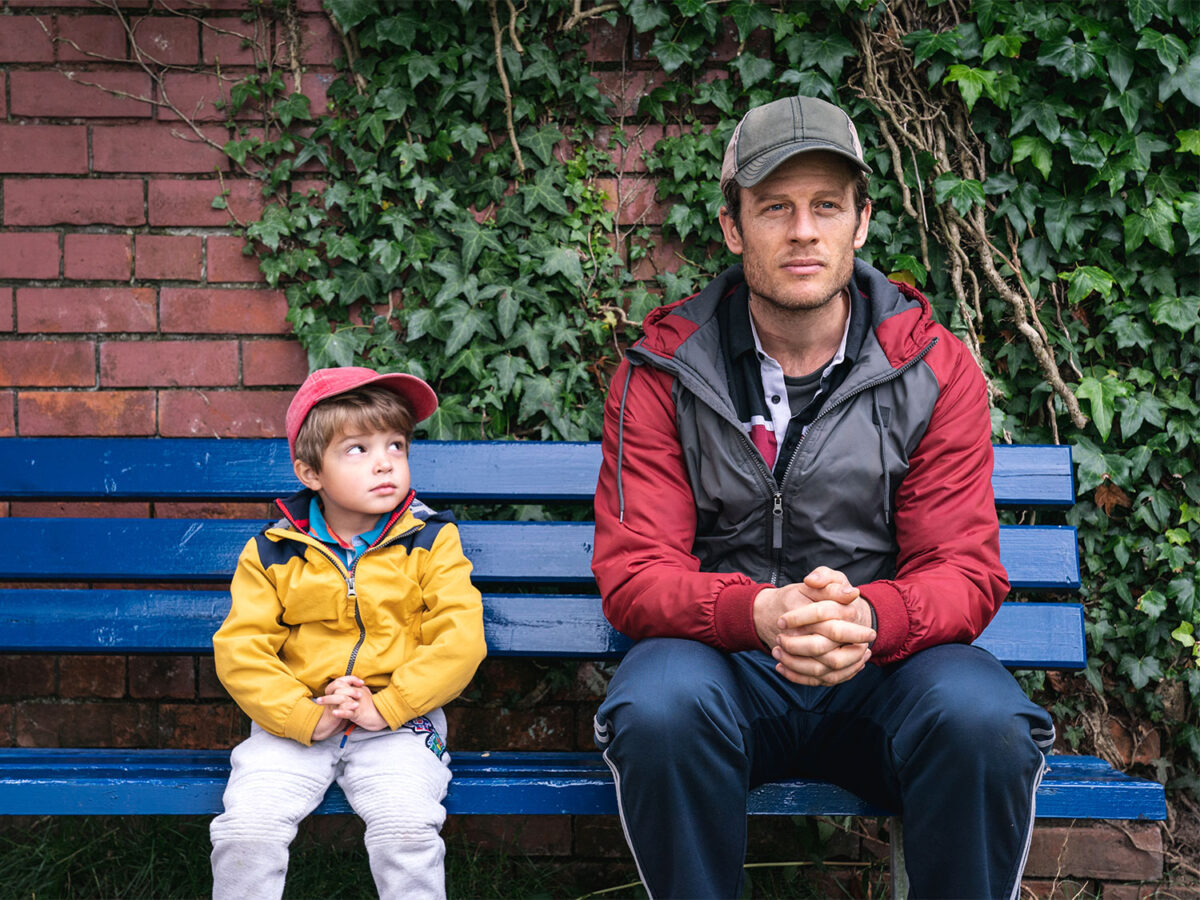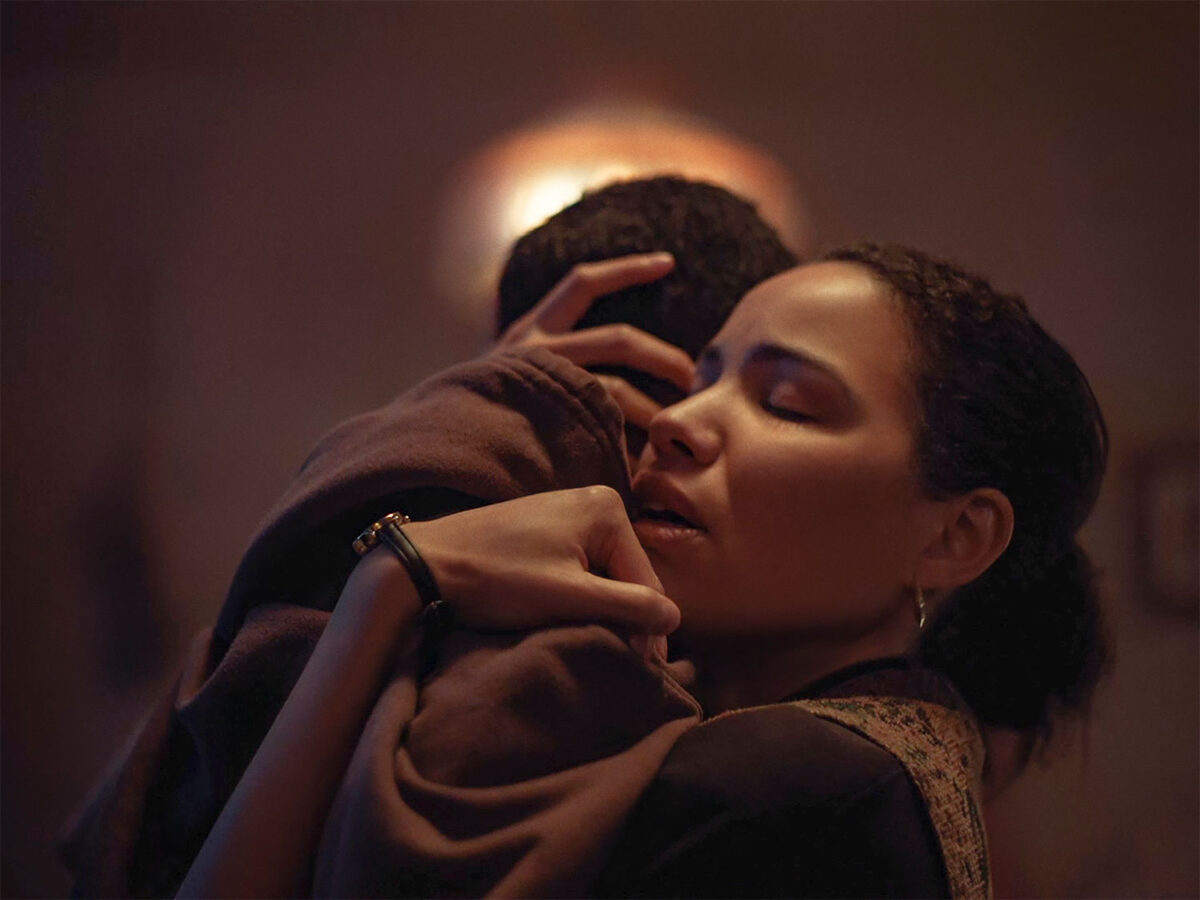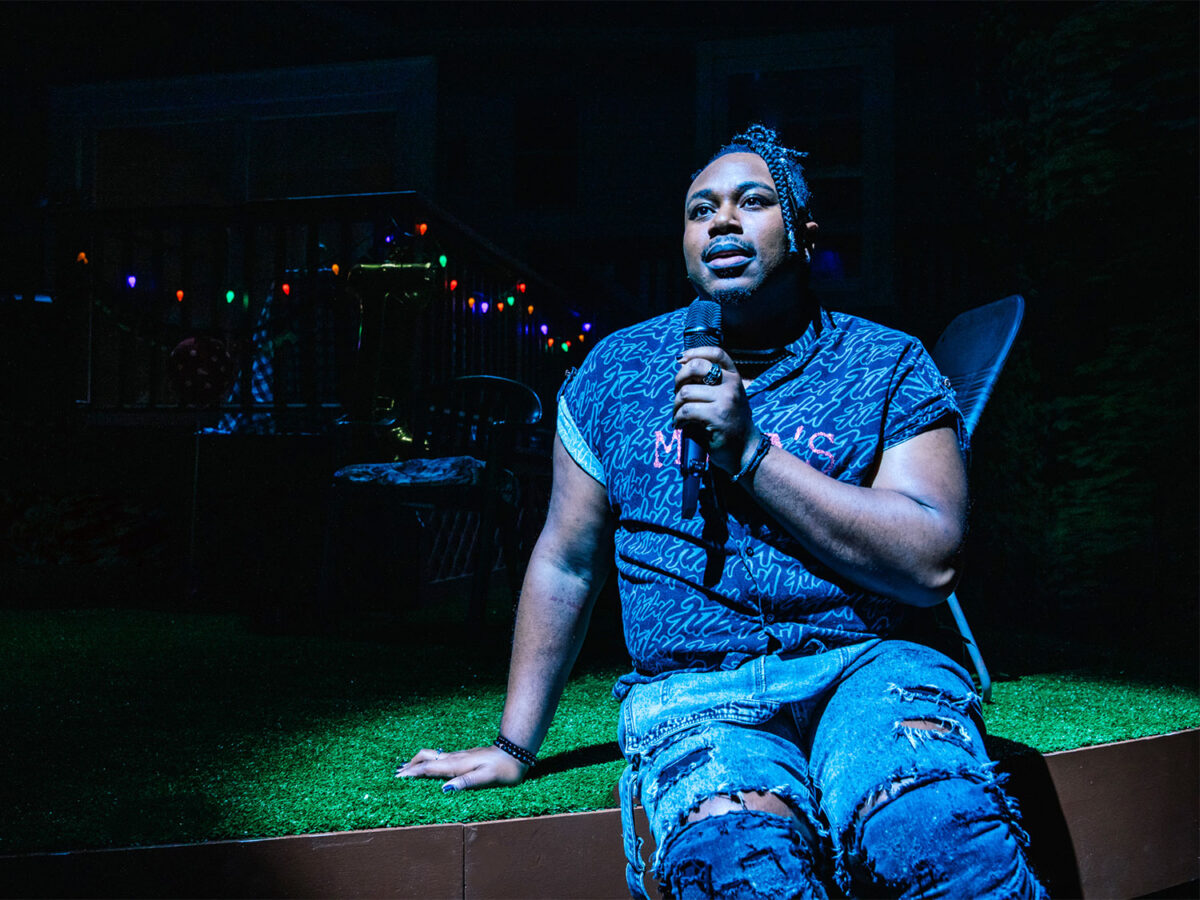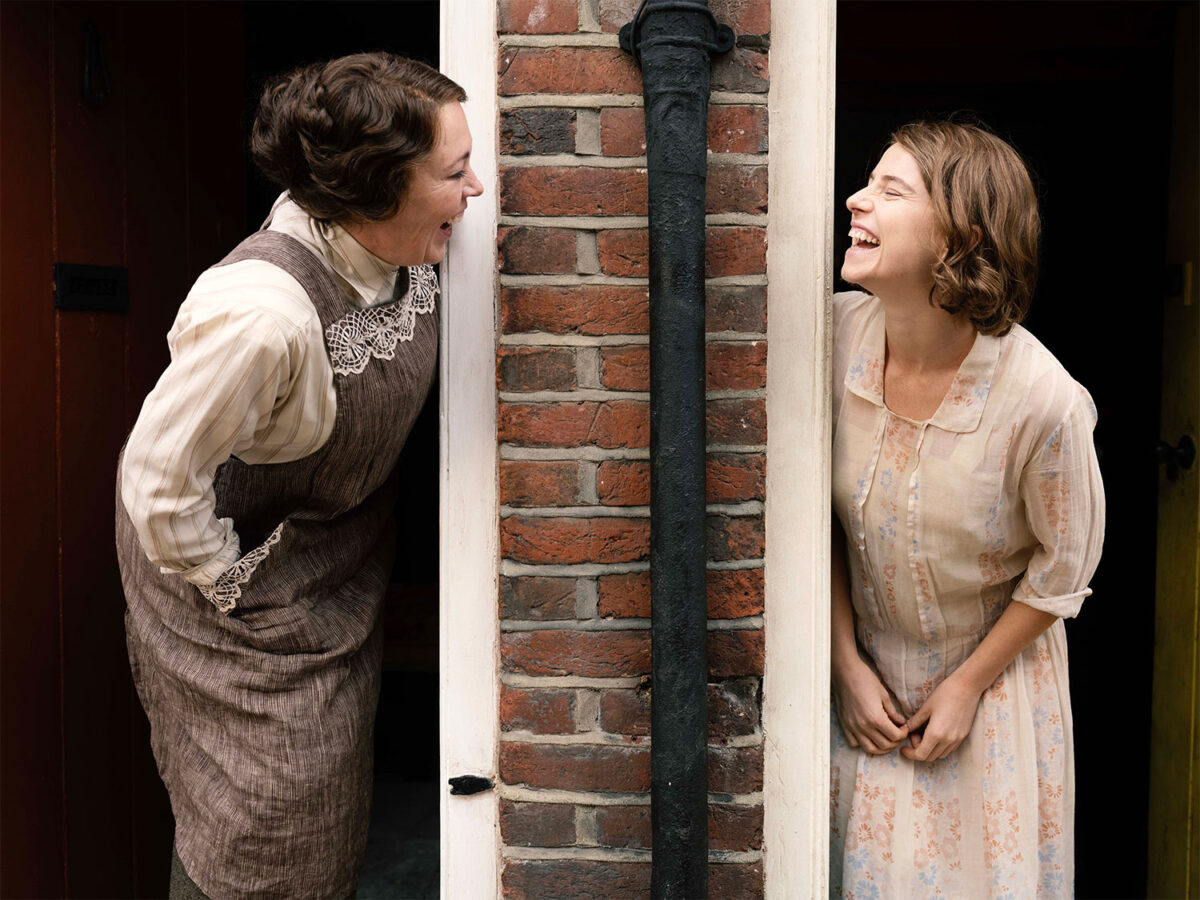This warm, loving, beautifully filmed documentary is a classic example of keeping your eyes, ears and heart open.
The office of the movie’s director, local entertainment attorney Robert Darwell, asked if it was possible to have his film reviewed in the Beverly Hills Courier. There was no pressure to review, but I still felt obligated to watch. This hasn’t worked out well in the past, usually ending with pressure exerted and hurt feelings and this time it was a local citizen of great standing. Darwell is a partner at Sheppard Mullin where he is the Head of Global Media, having recently negotiated Amazon’s acquisition of MGM. Convinced I would be seeing an amateur production rife with ego involvement, I reluctantly sat down to begin watching “The 90s Club.”
Wow! Was I wrong. From the opening montage of Jimmy Durante singing “Young at Heart” to the end titles, I was entranced. Durante, 70 at the time he sang this song, personifies the theme of this film because each of the men and women who were interviewed are the very definition of young at heart, giving lie to their ages, all over 90, hence “The 90s Club.” Durante, as a matter of fact, would not have been eligible for this elite group because he died at 86. Contrary to my preconceived notion, this documentary was the work of an extremely accomplished filmmaker who had something to say with style, intelligence and panache.
There are no spoilers here, so I thought I’d begin with who this very diverse group was, some of whom you may have heard of; some of whom were the very definition of the people in your neighborhood; some had major accomplishments; others lived quiet lives embodying the heroism of those who got on with it and showed up day in and day out. They might be your parents, grandparents or even great-grandparents, but none of them were ordinary.
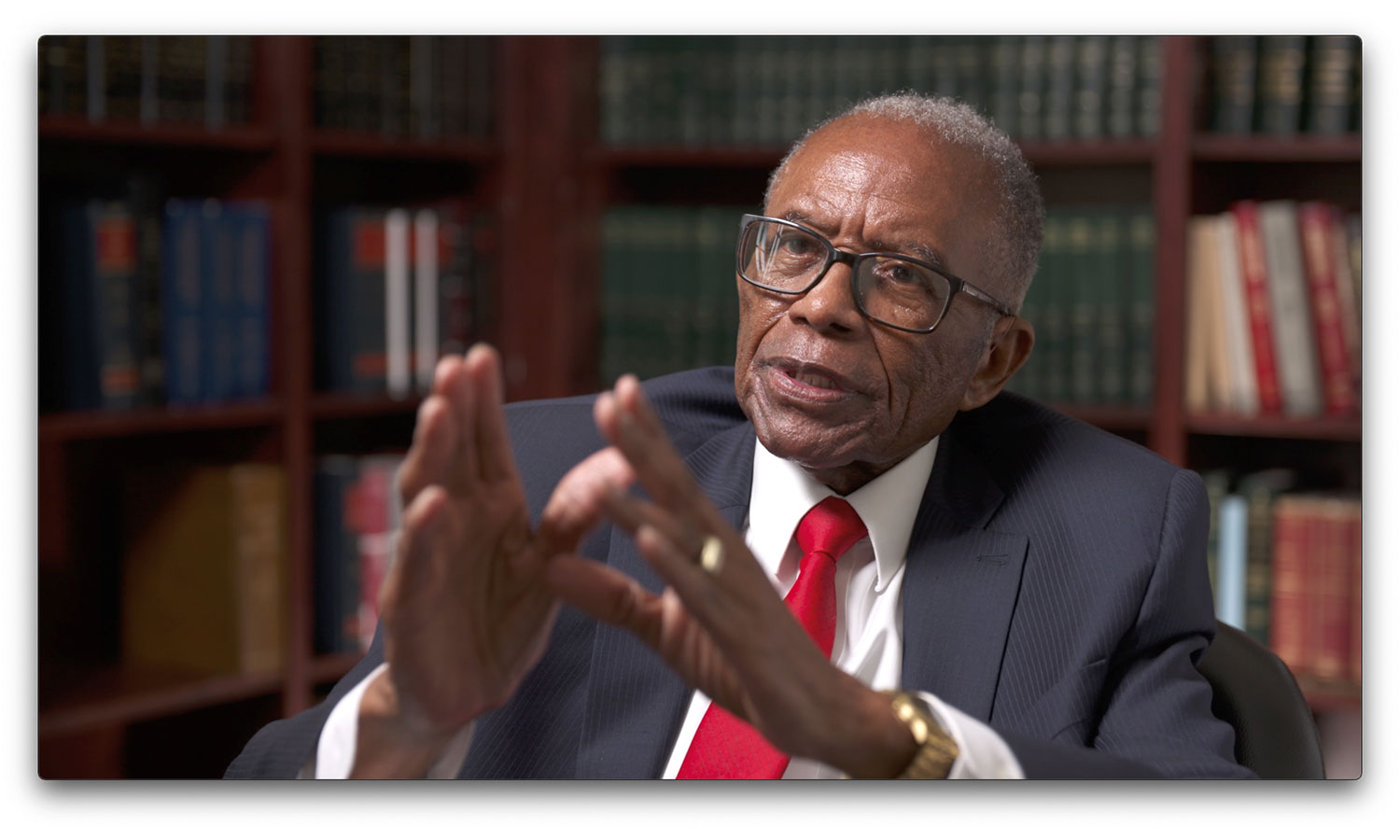
Let me tell you who these elder statespeople were. Art Gelbart, a Polish Holocaust survivor, now from Cleveland, has followed the motto that gets him through life: “You don’t give up.” Maurice Tuber, originally from Argentina, finds joy every day and is more in love with his wife today than when he first met her more than 70 years ago. Alice Peterson, now in Palm Springs, was renowned in her youth for her beauty. She was the Gallo wine girl and her adventurous nature would not allow her to settle for second best.
I especially liked Evelyn Ezrine, the Baltimore housewife with the nonplussed attitude. Lolling on the couch, she expresses the philosophy of “whatever.” Evelyn Coughlin, from Michigan, lives for her family. She is a veritable Norman Rockwell painting of the kindhearted grandmother. Juana Gloria Herrera is something of an outlier. A refugee from Cuba in the early 60s, she never learned to speak English, unnecessary in her community although she would have liked to have done more. Cosseted, she seems very content with the way life eventually played out.
I was particularly fond of Bobbie Harris from Abingdon Township in Pennsylvania. Bobbie, a Black woman faced prejudice with dignity but didn’t suffer fools. Married to a Tuskegee Airman, she was proud of who she was and what he accomplished. Walter Cole, aka Darcelle XV, lived and worked in Portland, Oregon. Darcelle XV, recently passed, made it into the Guinness Book of World Records as the oldest working drag performer. Married early with kids, Walter gradually embraced Darcelle and thrived in a world that was hostile to gays for so many of his years. Sy Gruber was a New York restaurateur who, as he admits, spent too much time at work and not enough time with his family. But that’s what it took to succeed. Tony Vaccaro, also from New York but still with the slight Italian accent of his youth, found his calling behind a camera. One of the oldest and yet most youthful, it’s apparent he lived a good life doing what he loved to do. He still has his first camera.
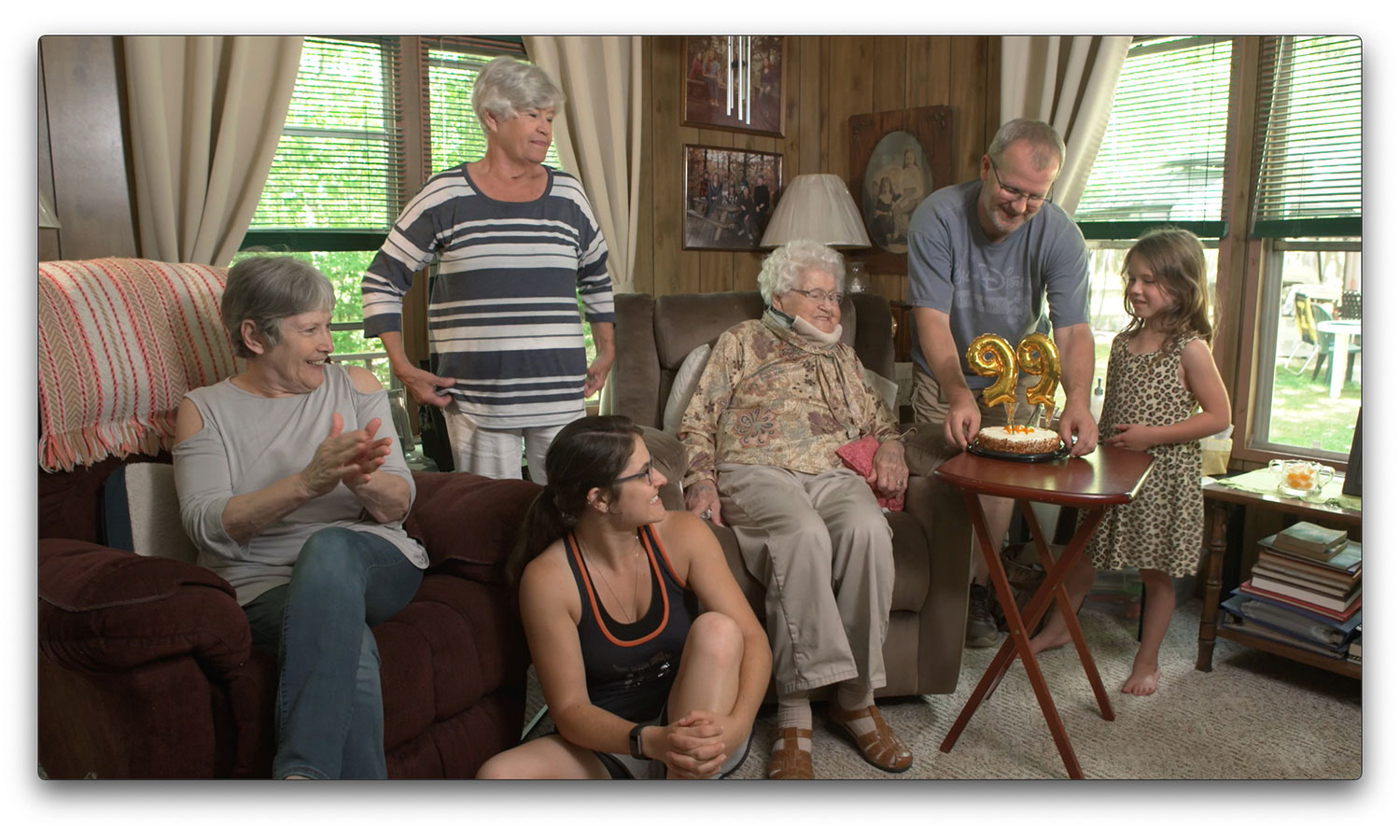
As to fame and accomplishment, two members of the club stand out; one you will know instantly and the other is a hero whose accomplishments you might know even if you don’t recognize him. Dick Van Dyke is still a delight and as boyish as ever even if the body has started to slow down; his short-term memory is fading but long-term is “coming back in technicolor.” His joie de vivre is ever present and you will delight in knowing more about him. But it is Fred Gray, now living in Tuscaloosa, Alabama, that you should thank. Fred, a quietly driven civil rights attorney, was there at the beginning with Rosa Parks and Martin Luther King Jr. Gray, self-effacing, made an impact because he did what was right. As a young man, he set out trying to eliminate segregation and Jim Crow and has never stopped.
So there you have the cast of characters. All of them have something to say about life as curated by the questions Darwell chose. The questions ranged from their earliest memories; education; the Depression; “the first time;” to current affairs, discrimination, sex, and happiness, among quite a few others, ending with “how you would like to be remembered.” Intelligently and thoughtfully answered by this diverse group of nonagenarians, there’s much to be learned by everyone, regardless of age. One might even say that the answers are as ageless as the speakers.
The production values are excellent. Camerawork and the chosen locations put each person at ease and in their best light. The filming was seamless as was the editing. You’ll find no shadows here, only further illumination. Most impressive, though, is the invisibility of the interviewer. A chyron alerts you to the question but the only person you’ll hear is the interview subject. Fully at ease, the answers flowed naturally. This, in itself, is highly unusual because in many, actually most, the interviewer is an additional presence. Without that added voice, you relax into the responses, something that gives you the impression that you have really gotten to know these individuals as friends. In structuring his questions, Darwell has given each of them the kind of character development one expects in the best feature films.
Unfortunately “The 90s Club” is available only as VOD. In their specious reasoning, much like the broadcast networks, the streamers do not see the value in what they view as an undesirable demographic, totally ignoring the universality of the lessons learned. You don’t have to be 90 (or even the neglected 50-to-dead demographic) to enjoy these people and what they’ve learned and had to say. As an additional warning, don’t turn on the closed captioning. It would appear that the subtitles were done by an incompetent robot, although I must admit some were laugh-out-loud hilarious, especially the unnecessary captioning of the already subtitled conversations with Sra. Herrera.
Go ahead and reach into your pocket and pay the $1.99 on Amazon. It’s a great investment.
In a follow-up to the film, I had the opportunity to speak to the filmmaker Robert Darwell, a 30-year resident of Beverly Hills, about his process.
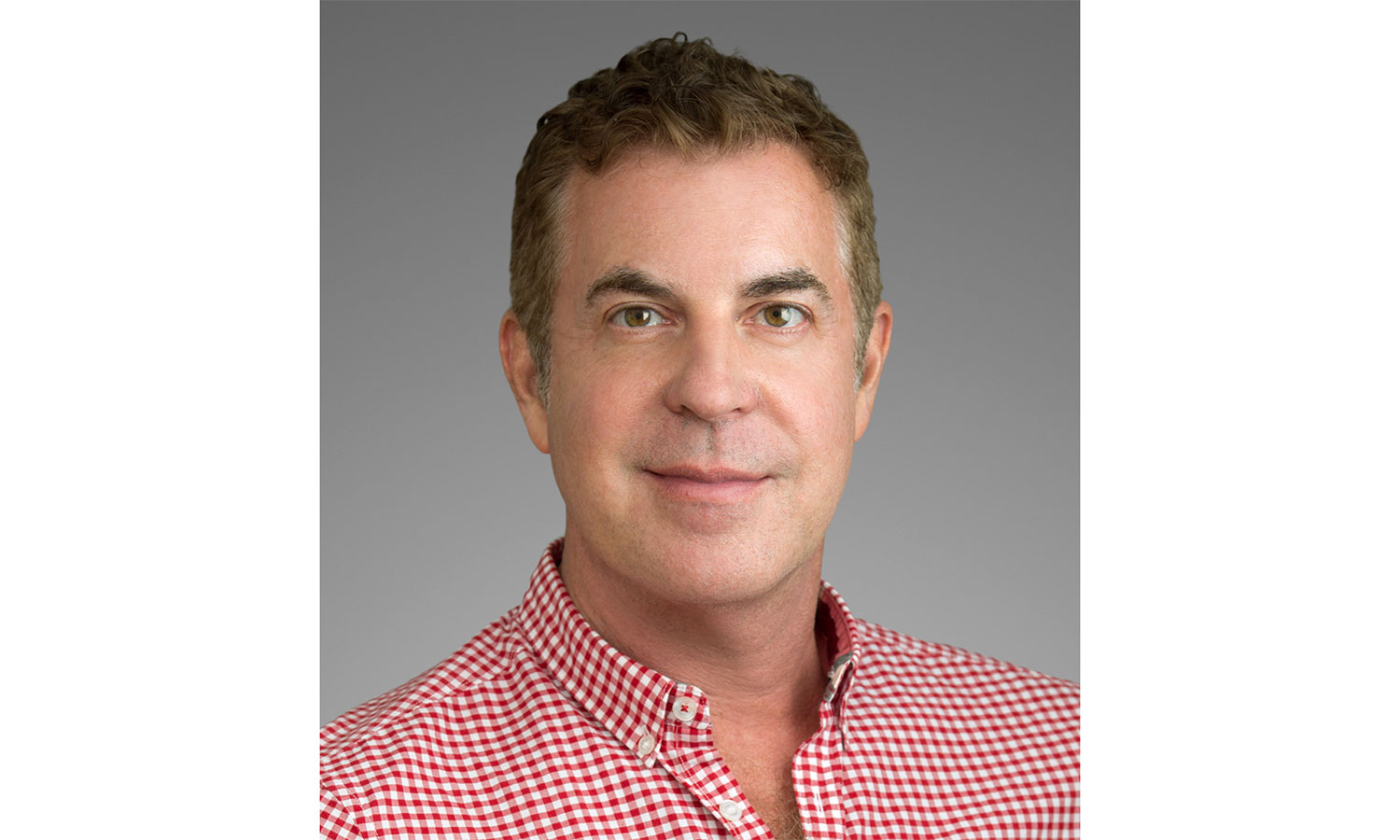
What kind of entertainment law do you practice?
It’s a very broad-based practice. Presently almost anything to do with content and content creation. Of course, motion pictures and television have been a longtime part of my practice. But also video games, art law, sports, some music and live entertainment. I have the largest team in the firm. There are 27 associates who work with me. Right now I have the largest client in the firm, which is Amazon Studios. We do a tremendous amount of work around the world.
When did you get interested in being a filmmaker instead of just representing them?
There’s being a filmmaker and then making this film. My parents died about five years ago and after they passed away, I had been thinking of an idea that was always in my head about how much you learn from speaking with older people. I wanted to hear more stories from older folks. My grandparents died when I was much younger so I didn’t get to spend a lot of time with them. Although the pandemic was a busy time for our practice, I thought with the quietness and the work from home that I now finally had time to focus on making a documentary film. I figured I could do these interviews for “The 90s Club” on the weekend or on quieter days. The production schedule was flexible. It was up to me to schedule the interviews and travel. It wasn’t as though I was following a particular event over a course of time where I would have to be in certain places on certain days. I traveled quite a bit. It was a nice time to travel. It was quiet everywhere.
What was your learning process?
I think I really began by not knowing too much at all about how the film would turn out. I just started filming the interviews and having conversations with people. I think where I learned as a filmmaker was in the editing process and working with an editor. I think that’s where, in some respects, my legal background was most valuable. I think as a lawyer you’re somewhat of a natural editor in terms of eliminating words and sentences that don’t matter. I guess not being a pure filmmaker, nothing was too precious for me in the editing process. If I felt that somebody had said what they wanted to say, it was easy to cut the next sentence.
How did you choose your subject matter?
It was two-fold. I recognized that there had been a lot of much-needed social justice over the past decade for a lot of groups. But there didn’t seem to be a lot of attention on the “well-aged.” Even today it seems as though somebody could be pretty readily dismissed just based on a number. You hear somebody is a certain age and the assumption they have less to contribute; they’re not as valuable. It still seems acceptable to make jokes in movies or on television about people based on age in a way that you wouldn’t based on race or sexual orientation. So, I wanted to do something that would highlight the value and worth of senior seniors. Then on a more selfish level, after my parents had died, I think I was looking for some guidance and wisdom for myself as I grow older and begin to think about how I want to spend the next 30 years or so.
Did you already have several of the people in mind?
I didn’t want it to be a celebrity-driven piece. I wanted the interviews to be with people who would seem like your grandmother or next-door neighbor. Real people. I did think that I would want to include one celebrity from the outset even before I began filming. I mentioned that to a colleague here in the office at a dinner. “I’m going to start making this documentary film and talk to people who are in their 90s. One famous person I would like to have in it is Dick Van Dyke. He would be my number one choice.” About five or six months later, that colleague, Dick Trouper who lives in Malibu, ran into Dick Van Dyke at the gym and mentioned the project to him. So I called him up and we spoke and he agreed to participate in the film.
Let’s talk a bit about the difficulty you’ve had in selling the film.
The film was well-received by audiences and documentaries do seem to be somewhat hot right now. Once it was receiving some recognition, I thought there would be a more natural home for it. Even some people, who very much enjoyed the film and were in a position to license or buy it for their platform, felt that it targeted an older audience that wasn’t the most desirable demographic for the platform. I think that the eyeballs that are most coveted are the younger demographic. But when it did screen for audiences at film festivals it was frequently younger people or college-aged people in their 20s who were coming up to me and telling me how much they enjoyed the film and how they would love for their grandparents to see the film and be inspired by it. One of the most rewarding things would be when someone who was younger said, “I’ve got to sit down with my grandparents and ask them a bunch of questions and talk to them.”
Neely Swanson spent most of her professional career in the television industry, almost all of it working for David E. Kelley. In her last full-time position as Executive Vice President of Development, she reviewed writer submissions and targeted content for adaptation. As she has often said, she did book reports for a living. For several years she was a freelance writer for “Written By,” the magazine of the WGA West and was adjunct faculty at USC in the writing division of the School of Cinematic Arts. Neely has been writing film and television reviews for the “Easy Reader” for more than 10 years. Her past reviews can be read on Rotten Tomatoes where she is a tomato-approved critic.



